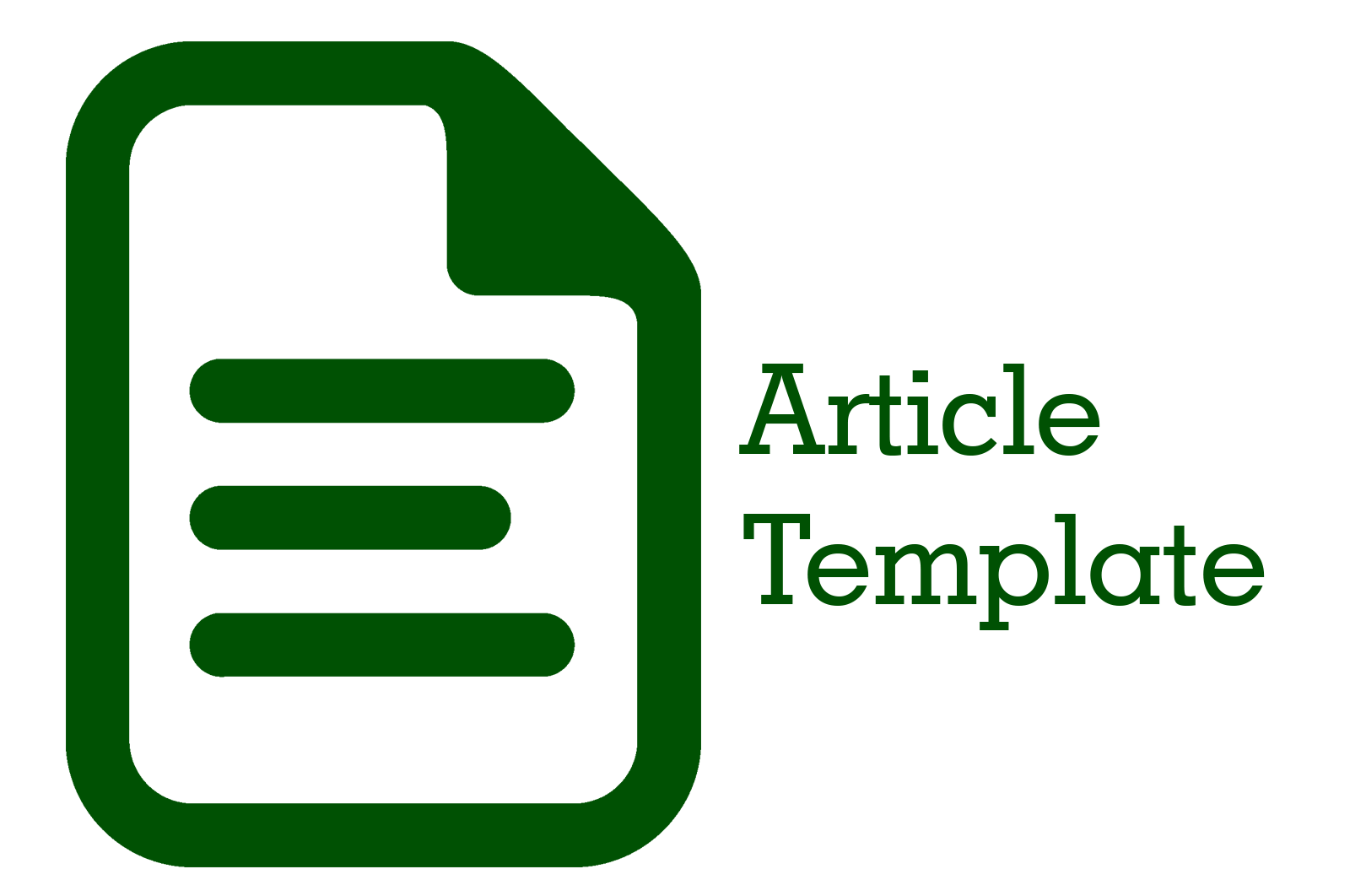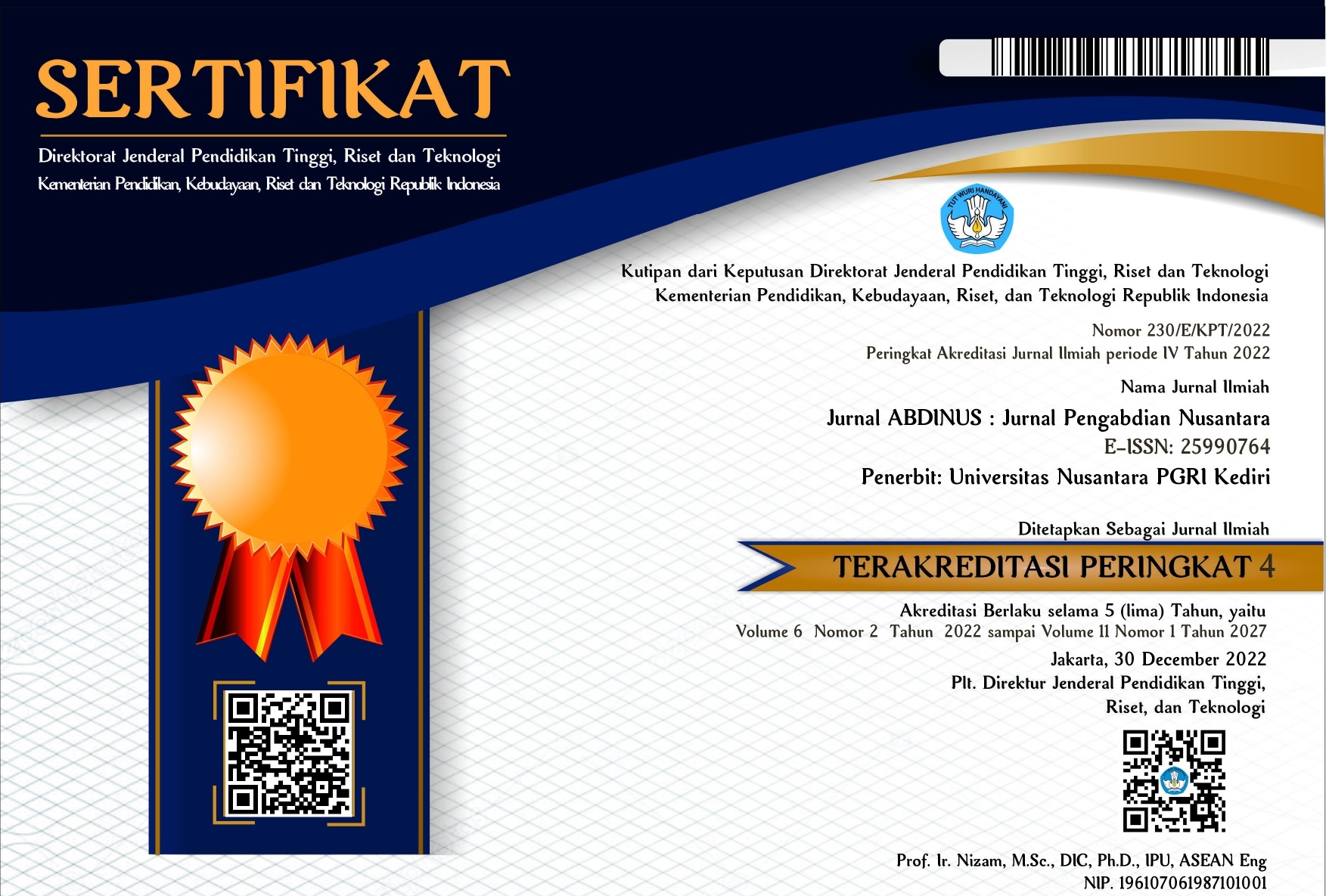Implementasi Educational Comic Berbasis Aplikasi Comic Life sebagai Media Pembelajaran Alternatif
DOI:
https://doi.org/10.29407/ja.v6i2.16551Keywords:
Comic life, Educational comic, Learning media, LiteracyAbstract
The era of the industrial revolution 4.0 requires educators to make reforms in the teaching and learning process. Textbook material that only contain writing makes student difficult to understand the content and lead to low student literacy. Learning media is needed as a supporting media so that learning is more effective and cognitive learning outcomes are achieved. This community service activity was partnered with Ar-Ridwan High School, Bekasi in the form of training on educational comics. The training was provided online due to the Covid-19 pandemic. One of the educational comic applications that can be used is Comic Life. This training were expected to increase students' scores, students' interest in learning, and improve student literacy. Partners agree that the training provided could increase students' interest in literacy. In addition, educational comics were also able to create a sense of pleasure and interest in students to learn a learning material. Partners also agree that the application of Comic Life was easier to apply due to not require drawing skills which comic illustrations could be in the form of photo collages and were not constrained by the internet due to this application was non based on web.
Downloads
References
Ambaryani., & Airlanda, G.S. (2017). Pengembangan Media Komik untuk Efektifitas dan Meningkatkan Hasil Belajar Kognitif Materi Perubahan Lingkungan Fisik. Jurnal Pendidikan Surya Edukasi, 3(1): 19-28.
Azman, F.N., Zaibon, S.B., & Shiratuddin, N. (2016). Pedagogical Analysis of Comic Authoring Systems for Educational Digital Storytelling. Journal of Theoretical and Applied Information Technology, 89(2): 461-469.
Farinella, M. (2018). The Potential of Comics in Science Communication. Journal of Science Communication, 17(1): 1-17.
Graham, S. (2011). Comics in The Classroom: Something to Be Taken Seriously. Language Education in Asia, 2(1): 92-102.
Humphrey, A. (2014). Beyond Graphic Novels: Illustrated Scholarly Discourse and The History of Educational Comics. Media International Australia, 151: 73-80.
Lazarinis, F., Mazaraki, A., Verykios, V.S., & Panagiotakopoulos, C. (2015). E-comics in Teaching: Evaluating and Using Comic Strip Creator Tools for Educational Purposes. Proceeding 10th International Conference on Computer Science and Education, June 22th-24th 2015. Cambridge: United Kingdom.
Olaniyi, S. (2007). The Use of Educational Cartoonsand Comicsin Enhancing Creativity in Primary School Pupilsin Ile-Ife, Osun State, Nigeria. Journal of Applied Sciences Research, 3(10): 913-920.
Rozkosz, E.A., & Wiorogórska, Z. (2016). Bibliostory-Educational Comic Stories. A Social Constructivist Approach to Media and Information Literacy Education for Children and Adolescents. In S. Kurbanoğlu et al. (Eds.), Information Literacy: Key to an Inclusive Society (pp. 718-728). Cham: Springer.
Wahyuningsih, A.N. (2012). Pengembangan Media Komik Bergambar Materi Sistem Saraf untuk Pembelajaran yang Menggunakan Strategi Pq4R. Journal of Innovative Science Education, 1(1): 102-110.















